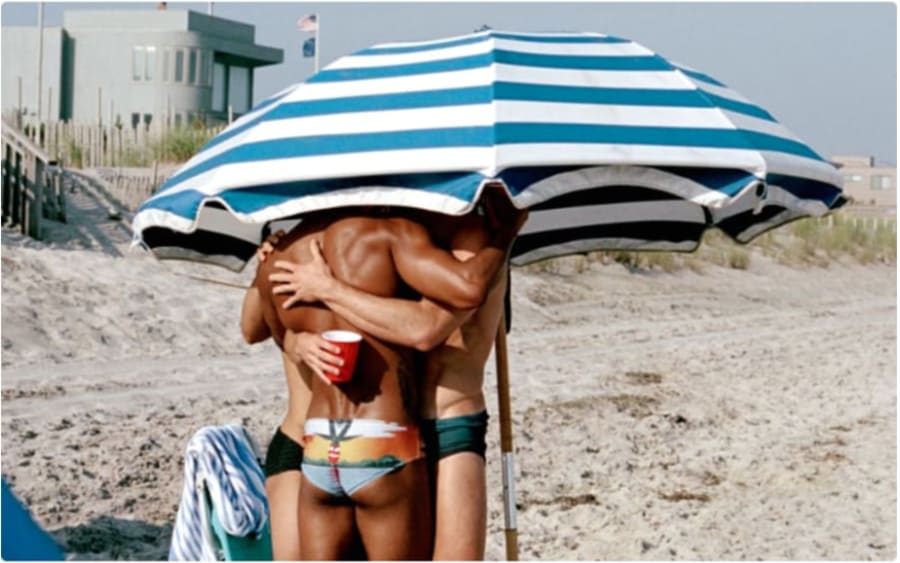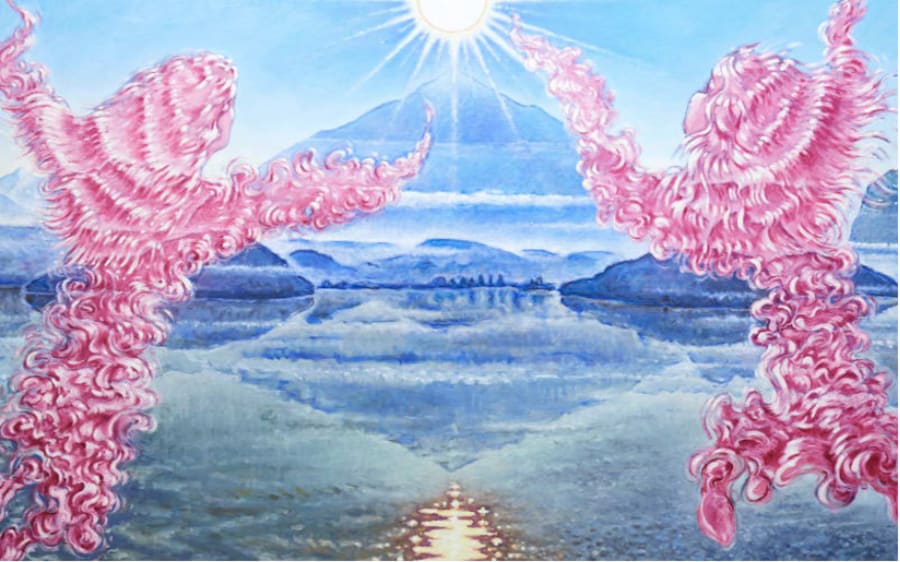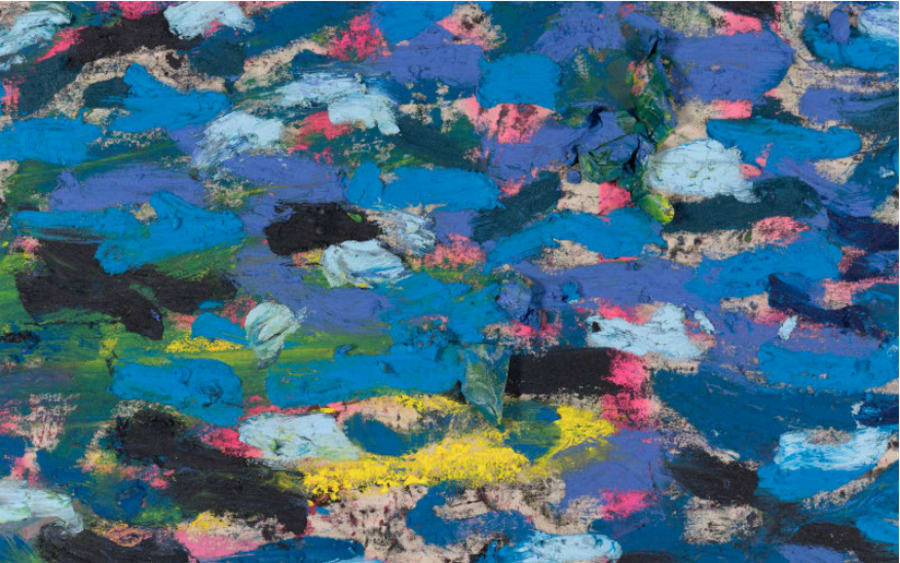At the height of Surrealism, in the 1920s and 1930s, representatives of the movement regularly engaged in acts of public provocation. Doing so allowed them to highlight Surrealism’s fundamentals: radicality, unconventionality, and the deconstruction of cultural norms. The poet Robert Desnos, for example, greeted a priest on the subway with a simple ‘Bonjour, madame’ (‘Good day, Miss’). Joan Miró, the world-famous, Barcelona-born artist, was more ambitious: ‘Down with the Mediterranean!’ he is said to have exclaimed on the streets of Paris.
Miró’s outburst suggests that it would be better to let everything associated with the Mediterranean - classical philosophy, imperial ambitions, meridional aesthetics, archeological treasures - sink beneath the waves. With the rise of globalized tourism and the ubiquity of social media, the opposite has happened: The sea’s picturesque beaches, exclusive resorts, and turquoise waters flood our feeds more vigorously than ever. She is the queen of the summer screen.
在這位德國藝術家於紐約貝浩登(Perrotin)舉辦的首次個展「When the Sun Hits the Moon」中,有幾幅畫作是初次亮相,主題為安東尼奧.卡諾瓦(Antonio Canova)的新古典主義雕塑中描繪的愛神厄洛斯與普姬幾乎接吻的場景。愛神不允許他的世間愛人看到他在光明中的樣子;當普姬拿著蠟燭對著愛神面龐的那一刻,這對戀人就永久地斷開了聯繫。Greven說:「我喜歡這個意象,因為我捕捉到的那一刻,他們還在互相對視,但未真正看見對方的面貌。他們仍處於黑暗之中,以內心注視和以內在擁抱。」
To Dominique White (b. 1993), the Mediterranean is a formidable, untamable force of nature that no one can control - ‘rebellious,’ as she describes it. The Marseille-based artist is currently showcasing her new ‘Deadweight’ series at Whitechapel Gallery in her hometown of London. White created the dark, impressive sculptures during a six-month residency in Italy, awarded for her winning proposal for the Max Mara Art Prize for Women last year. At Whitechapel Gallery, the artist explores the Mediterranean's role in history, as well as its broader influence on trade and migration, including slavery.
To create the works in view in ‘Deadweight’, White submerged her sculptures in the Mediterranean off the coast in Genoa; the sea produced striking deep reds, yellows, and blues on the sculptures, their surfaces encrusted with rust and salt, giving rise to sprawling curves and appendages that exude a haunting allure. White was inspired by the similarity between ship cradles and whale carcasses - both mighty yet fragile structures ubiquitous through the Mediterranean and bearing its marks. Rather than an inspiration, White uses the sea as a contextual frame and an artistic tool, allowing her to foreground themes such as strength and resilience by pushing her materials to the limit.
It is intriguing to see how these two artists contextualize the Mediterranean so differently. And yet the wide-ranging diversity of ideas, environments, and histories associated with it may be the reason for its enduring popularity among artists. It is like a Roman mosaic: To truly grasp its complexity, one must step back and see the whole picture, while keeping in mind each stone contributes to its magnificence.
Tifenn Durand is an art enthusiast and a master’s student at Sciences Po, currently based in New York. She is a regular collaborator of Art Basel’s Editorial team.
Caption for top image: A bather in Marseille, photographed by Stéphanie Davilma for Art Basel.
Published on August 7, 2024.


